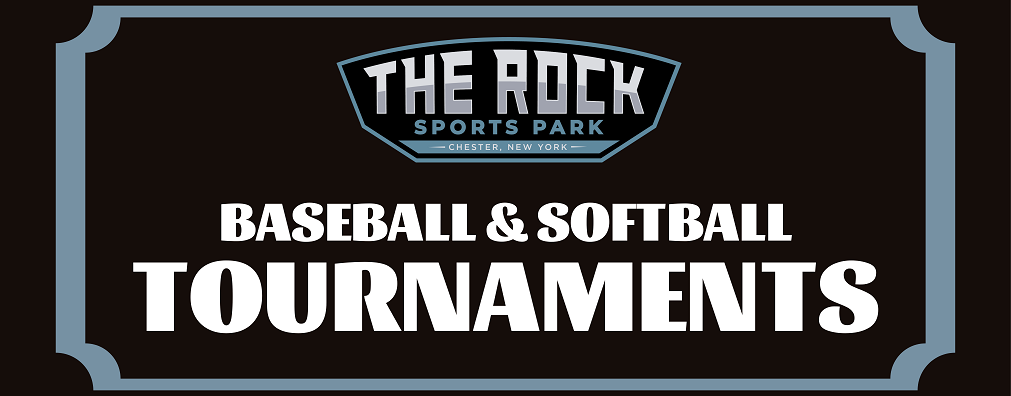2001 BASEBALL PREVIEW; Mets Set Sights on New Technique
THE NEW YORK TIMES, April 1, 2001
When he surveys the Mets’ minor league system, Jim Duquette will see the same hitters repeat the same mistakes. One hitter opens up too quickly in his swing. Another continues to roll his wrists and pull weak grounders on outside pitches.
”No matter what we try to do mechanically, it doesn’t help much — they’re not picking up the ball,” said Duquette, the Mets’ senior assistant general manager for player personnel. ”It may not be a mechanical issue; it may be a pitch-recognition issue.”
Two winters ago, Duquette met with Tony Abbatine, a former player agent who left the business in 1993 to concentrate on his passion: finding out why hitters don’t hit. Abbatine explained his theory of visual mechanics, and it seemed to Duquette like a worthwhile approach to share with the Mets’ minor leaguers.
Abbatine has worked with Mets prospects at spring training the past two years. He is the director of instruction for a New York-based company that works with hitters at all levels. The Mets use him as an adviser and troubleshooter for the hitters in their system, making the Mets one of only a handful of teams, Duquette said, that teaches visual mechanics to their players.
”Visual mechanics has nothing to do with prescription eyesight,” Abbatine said. ”There are plenty of guys walking around with 20-20 eyesight who can’t hit. Vision is how you interpret the picture. It has nothing to do with how strong or weak your eyes are.”
Abbatine’s instruction has worked for some hitters, including Marvin Seale, an outfielder who hit .220 in rookie ball in 1998 and .233 one level higher in 1999. After working with Abbatine in March 2000, Seale made a substantial jump, batting .291 at Class A Capital City and winning the Doubleday Award as the best player on the team.
Seale remembered Abbatine telling him to watch for the pitch the same way he would watch TV, and Seale used the ”TV face” at the plate to improved results.
”It was mental and visual stuff, and you never really hear much about that,” Seale said. ”It was good for me. A lot of stuff he said, I’d never really been taught, like attitude and relaxation, getting your eyes to relax.”
Abbatine has not worked with the Mets’ major leaguers, but he has shared his approach with Manager Bobby Valentine, the team’s former hitting coach Tom Robson and the current hitting coach, Dave Engle. Valentine has not seen the techniques applied in practice, but he believes in the importance of pitch recognition and, with General Manager Steve Phillips, has been receptive to the unconventional.
”It’s cutting-edge stuff that baseball’s been reluctant to do,” Duquette said. ”The way baseball is, in general, it’s a rather conservative industry where people tend to shun new ideas or push them aside because you’re comfortable with your old ideas.
”What Bobby and Steve have kind of fostered around here is an attitude of, ‘Let’s look at some of the old ideas, because they’re not always correct and right.’ The last four or five years, we’ve had more of an open mind to looking into these types of things.”




